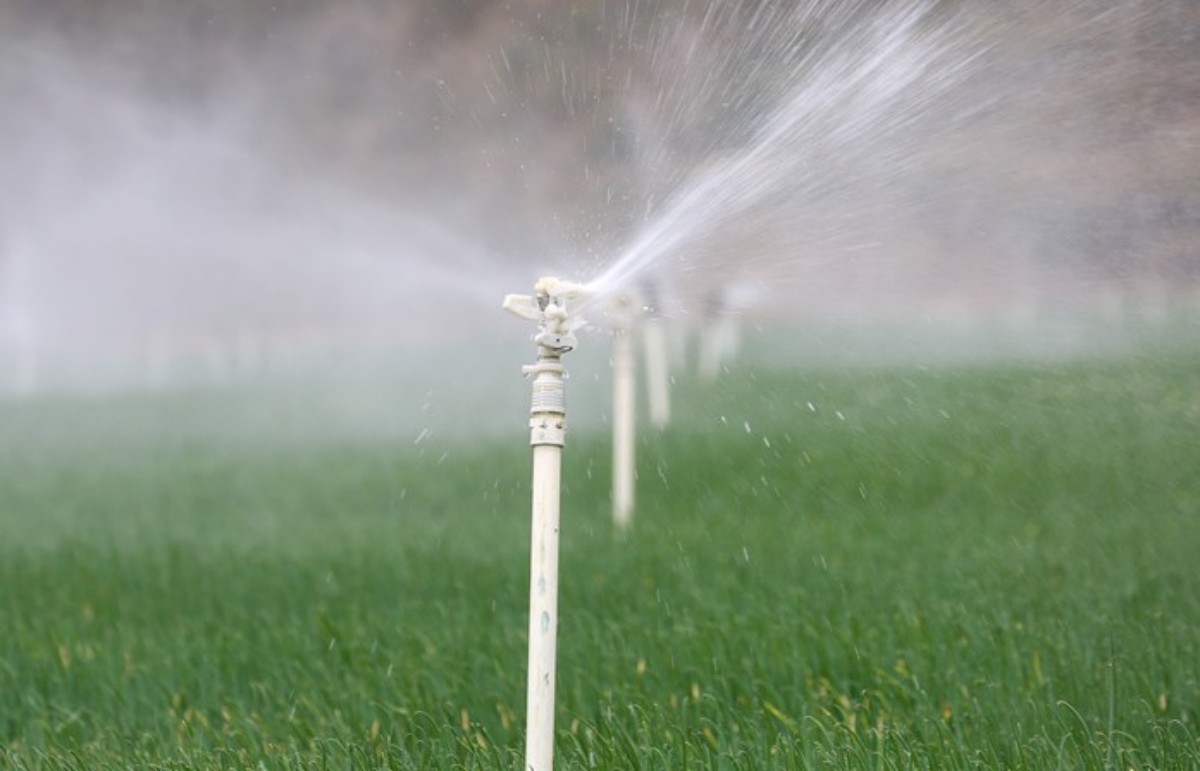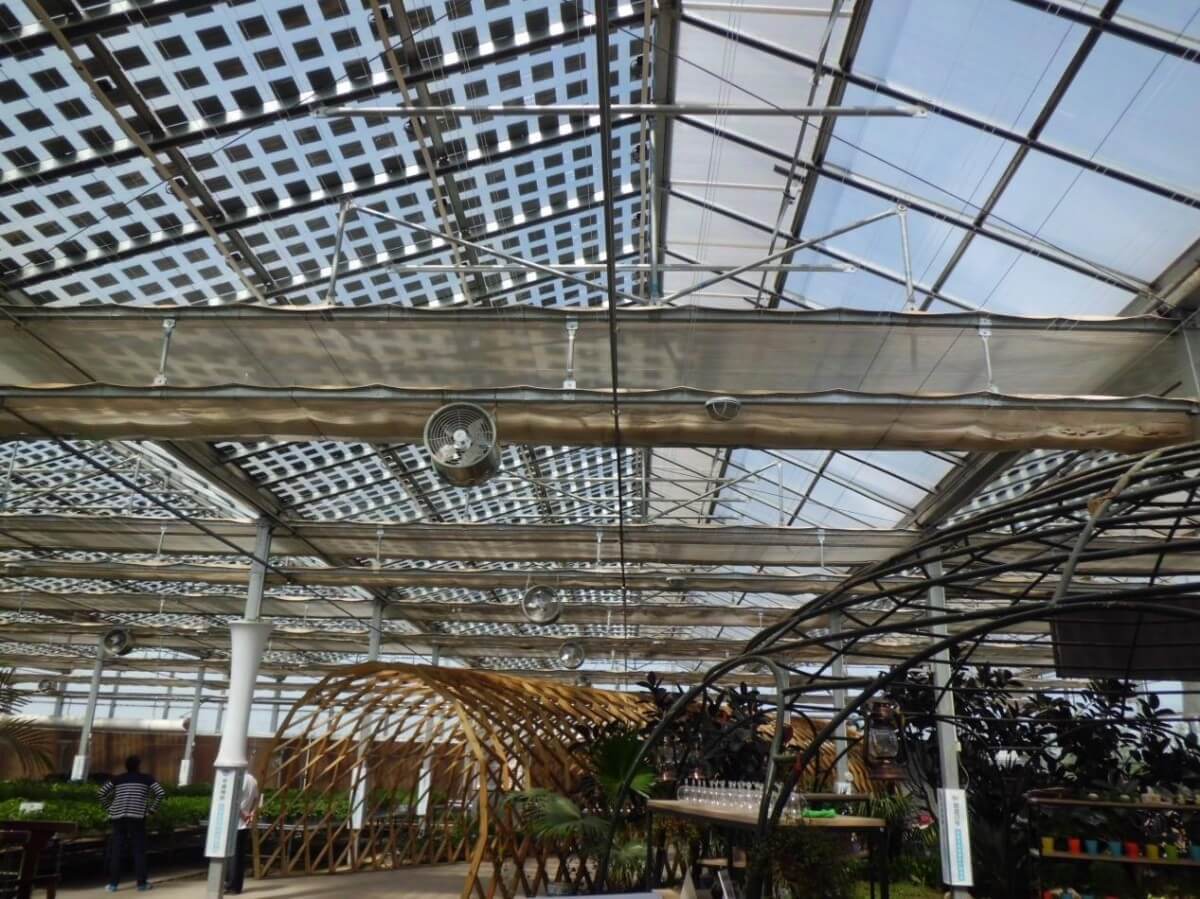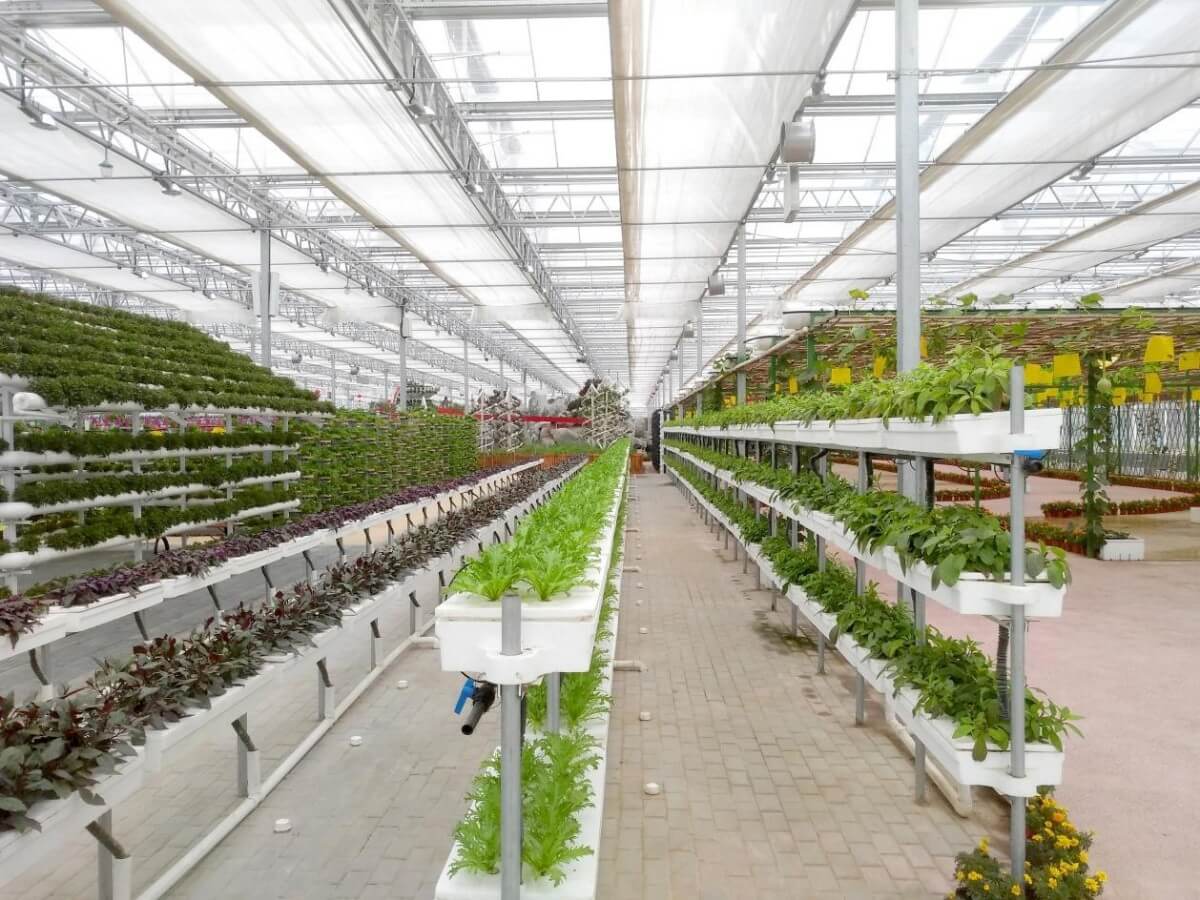As global attention to sustainable development increases, greenhouse agriculture has gradually become an essential method for addressing environmental issues and boosting agricultural productivity. As an efficient and intelligent farming approach, greenhouse agriculture can effectively reduce resource waste and improve resource utilization, contributing to eco-friendly production. This article will explore how greenhouse agriculture, through water conservation, energy efficiency, waste reduction, and other methods, drives the green transformation of agriculture.
1. Precision Water Management to Avoid Waste
The rational use of water resources is a significant advantage of greenhouse agriculture. In traditional farming, water wastage is a serious problem, especially in arid and semi-arid regions, where water scarcity has become a bottleneck for agricultural development. In contrast, greenhouse agriculture uses precise irrigation systems to significantly reduce water waste. For example, drip and micro-sprinkler irrigation systems deliver water directly to the plant roots, avoiding evaporation and leakage, and improving water use efficiency.
Practical Application: At Chengfei Greenhouse, an automated irrigation system is used to monitor soil moisture in real time, adjusting the water supply based on plant needs. This approach not only reduces water waste but also ensures that crops grow in the most suitable moisture conditions.
2. Energy-Efficient Technologies to Lower Carbon Emissions
Greenhouses often require certain temperature, humidity, and light conditions to ensure proper plant growth. Traditional greenhouses rely heavily on energy such as electricity and fuel to maintain these conditions, resulting in high energy consumption and carbon emissions. However, modern greenhouses use intelligent control systems, renewable energy sources (such as solar and wind energy), and efficient insulation materials to significantly reduce dependence on traditional energy sources.
Practical Application: Chengfei Greenhouse utilizes high-efficiency solar panels and wind power devices to supply part of the energy needs for the greenhouse. This reduces reliance on the traditional power grid, lowers carbon emissions, and promotes the use of green energy. Additionally, the greenhouse adopts a double-layer membrane structure to enhance insulation and reduce energy consumption for heating and cooling.
3. Reducing the Use of Fertilizers and Pesticides to Promote Green Planting
Excessive use of chemical fertilizers and pesticides is a major source of pollution in traditional agriculture. Greenhouse agriculture can significantly reduce reliance on fertilizers and pesticides through precise fertilization and pest management. The controlled environment within greenhouses prevents external pests and diseases from entering, allowing farmers to use biological control methods and intelligent monitoring systems to manage pests, reducing pesticide use.
Practical Application: At Chengfei Greenhouse, biological pest control methods are employed, using beneficial insects to manage pests, while the Internet of Things (IoT) technology monitors plant health and ensures precise application of organic fertilizers and trace elements. This approach not only reduces the use of chemical fertilizers but also enhances the plants’ natural resistance to diseases, promoting eco-friendly, chemical-free farming.
4. Increasing Land Utilization Efficiency with Vertical Farming
The limited availability of land is one of the major challenges faced by global agriculture, particularly as urbanization accelerates and agricultural land near cities becomes increasingly scarce. Greenhouse agriculture can maximize land use efficiency through vertical farming and multi-layer cultivation. By growing crops in layers, greenhouses can cultivate a variety of plants within a limited space, significantly improving land utilization.
Practical Application: Chengfei Greenhouse employs a vertical farming system, where LED grow lights supplement natural sunlight for crops on different levels. This method allows the greenhouse to cultivate a variety of crops in the same space, increasing yields per square meter and ensuring more efficient land use.
5. Resource Recycling to Minimize Waste
Another environmental advantage of greenhouse agriculture is the recycling of resources. In traditional agriculture, large amounts of crop waste are often discarded or burned, wasting valuable resources and causing environmental pollution. In greenhouses, plant residues, soil waste, and other by-products can be recycled and turned into compost or organic fertilizers, which are then reintroduced into agricultural production.
Practical Application: At Chengfei Greenhouse, organic waste such as plant roots and leaves is sent to a composting facility, where it is converted into organic fertilizer. This fertilizer is then used to improve soil quality and fertility, reducing the need for chemical fertilizers. Additionally, the greenhouse uses advanced water recycling systems to filter and purify wastewater, which is then reused, reducing water consumption.
Conclusion
Greenhouse agriculture is not only an effective method for increasing crop yields but also a key technology driving sustainable agriculture. Through precise resource management, energy conservation, reducing the use of fertilizers and pesticides, improving land utilization, and promoting waste recycling, greenhouse agriculture is moving toward an eco-friendly production model. As technology continues to advance, the future of greenhouse agriculture will be more intelligent and environmentally friendly, offering sustainable solutions for the green transformation of global agriculture.
Welcome to have a further discussion with us.
Email: info@cfgreenhouse.com
#Greenhouse Agriculture
#Sustainable Farming
#Environmental Sustainability
#Resource Efficiency in Agriculture
#Reducing Agricultural Waste
#Eco-Friendly Farming Practices
Post time: Jan-26-2025










 Click to Chat
Click to Chat